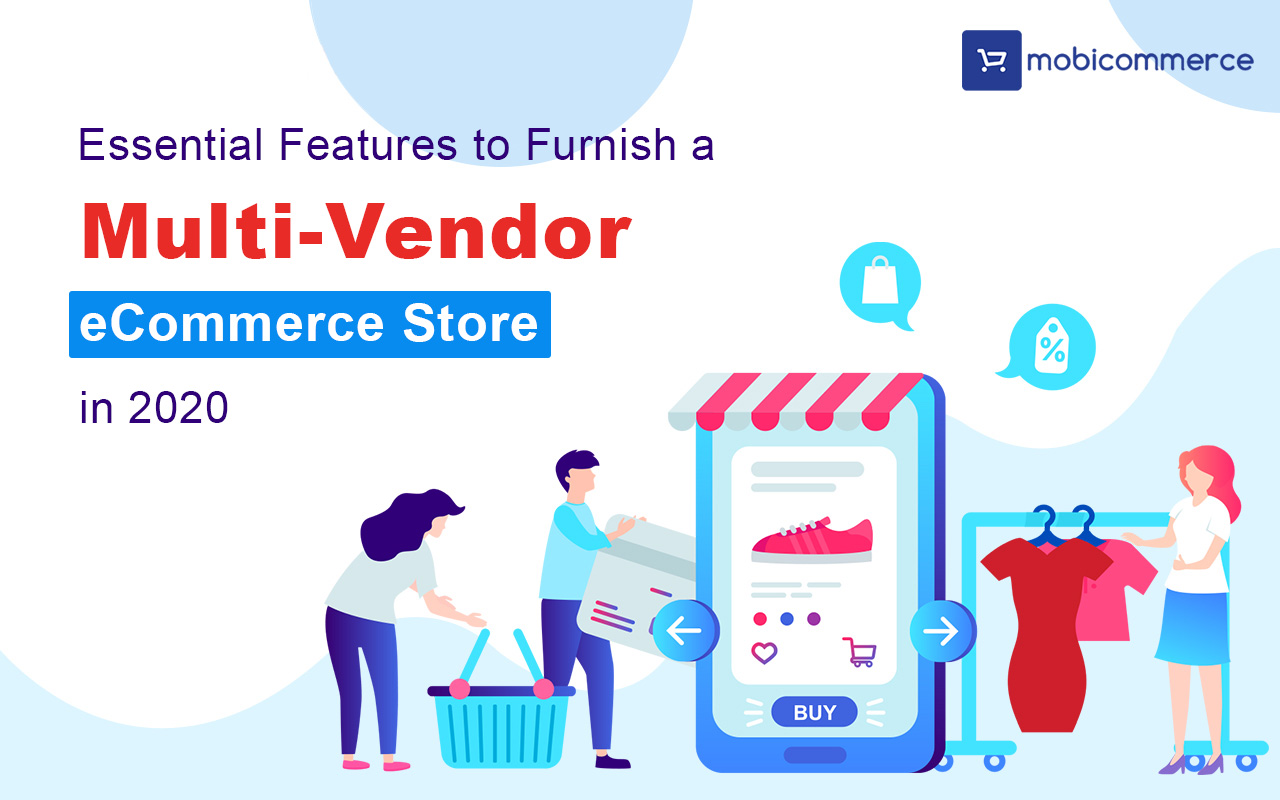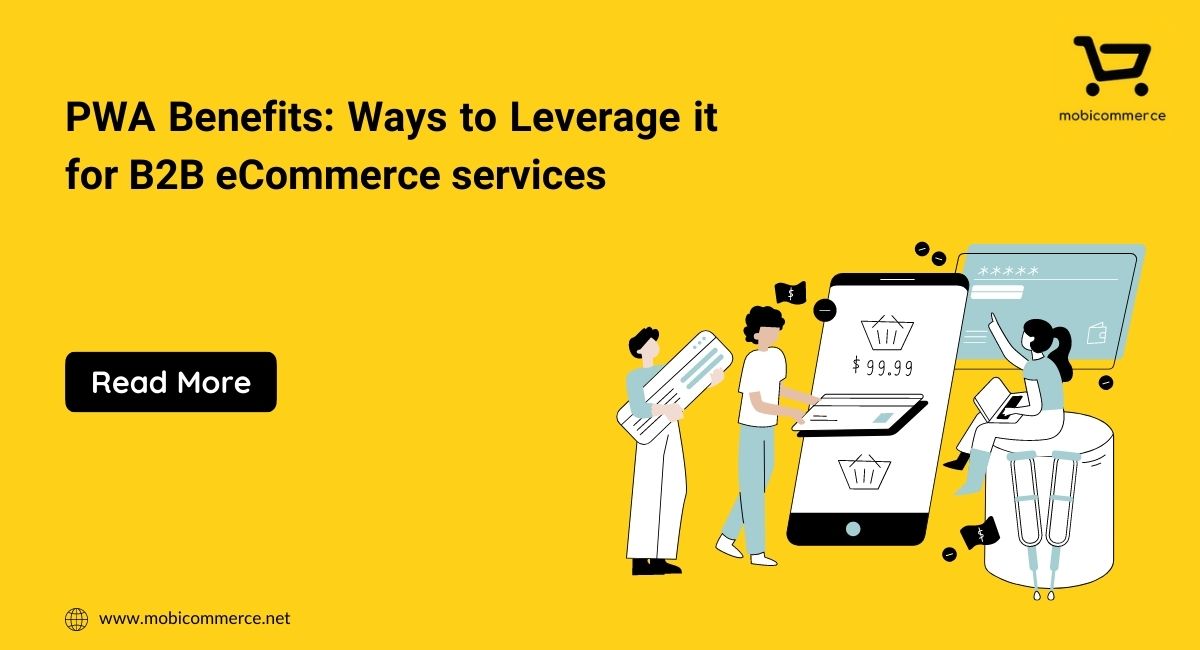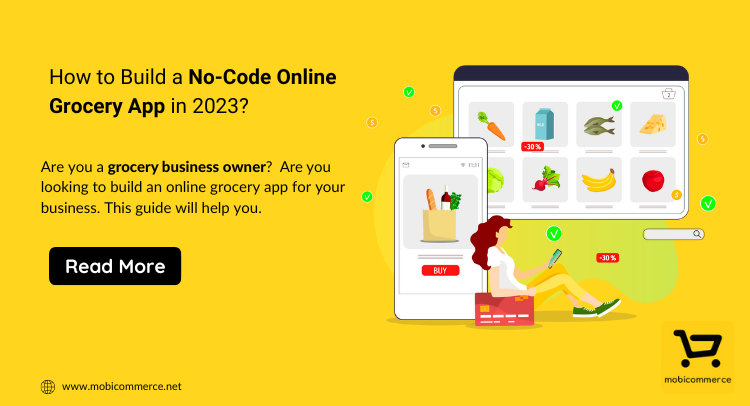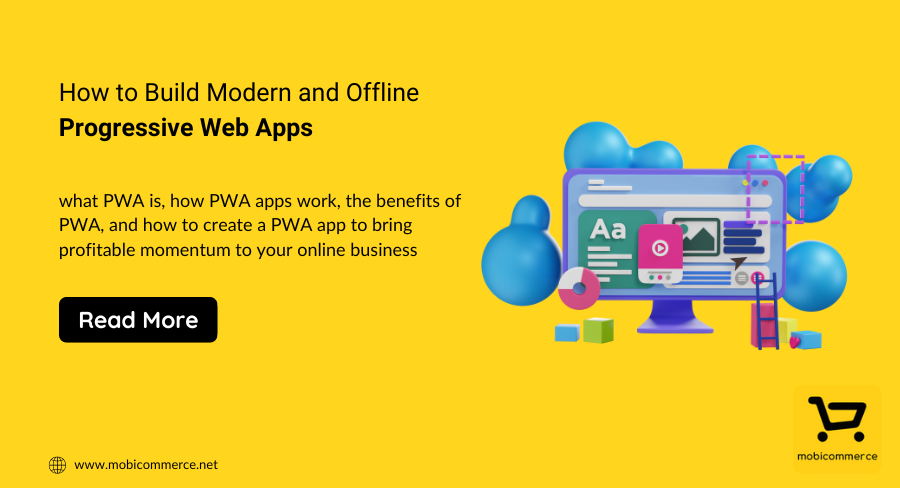
Single-vendor stores and multi-vendor ecommerce websites have brought the eCommerce domain into such limelight that the graph of online shopping is skyrocketing and the number of online shoppers multiplying with every passing second. But also, there is a competition between the two itself, where a model like a multi-vendor marketplace is winning why?
Already multi-vendor marketplaces were doing great before COVID hit us all and now it is evident from the current online shopping demand that the post-COVID phase will see a rush of offline entrepreneurs setting up their apps and websites to stay relevant with the changing business needs and demand from the customers.
If you are aiming high and look at the world’s richest business entrepreneurs, you will find most of them are owners of e-commerce websites. The most commercially successful way to run an e-commerce website is a well-designed Magento multi-vendor marketplace model as it aims at aiding the buyer, seller, as well as the admin, equally to gain smoothly and efficiently by all means. Visit now to find the top BigCommerce web designers.
Just like a mall, where you find different sellers, a multi-vendor marketplace or a store is an online mall where multiple third-party vendors display their wide range of products and buyers get to choose as per their preference. Whereas, the admin is the link between the buyers and sellers. The core responsibility of the store admin is to provide online support to both buyers and sellers. This model is much preferred than single stores because of its array of products, cost-effectiveness and ability to reach out to a maximum number of people without the hassle of creating and managing their website.
A commission revenue model is designed for the marketplace owner for setting up the infrastructure, processing payment transactions and order fulfillment. So, let’s understand to create a multivendor e-commerce store, what features are required?
We will see this separately from the Admin, Buyer and Vendor’s point of view.
Revenue Model: Store Admin’s core responsibility is to provide the vendors and buyers best UI experience, lucrative marketing strategies, quick problem-solving tools and data security. For this, the admin can charge a fee. There are various revenue models from which the owner can generate revenue-
Automated CMS: The website should be such that the admin can easily access without any technical help. He should be able to customize, sort the catalogue, generate reports, calculate taxes, shipping charges and commissions with one click.
Product Inventory: A well-presented catalogue with good quality images preferably 3D images is the first thing a prospective buyer sees when he visits the website. Therefore, this becomes one of the most important aspects of the website. Also, the website should provide clear information about stock availability to the customers as no one wants to see a product out of stock after hours of browsing. Email notification, once the product is available, can also be added on the website.
Performance and Scalability: Opportunities can come anytime and you should be always ready to grab it. Some advertisement technique might have worked in favour of you and you suddenly start getting heavy traffic on the website. Therefore, your website should be always equipped to efficiently handle a sudden increase in volume, especially during festivals and holidays. If the page loading takes even a second’s delay, it will result in massive financial losses and you will lose the customers too.
Reviews and Feedback: Surveys have revealed that other customer ratings and reviews are the key factors for a consumer to decide before buying a product. This feature enables the admin to validate the quality and reliability of a particular product which can be pushed forward for better revenue generation.
Advanced Reports Generation: Indeed, a must-have feature as it enables the admin to fetch various reports like daily, weekly, monthly, and yearly sales. It also allows generating reports on customer data, products that are on high demand and a statistical report on how the website is performing and its improvisation.
Recommended Blog: Reasons Why You Should Have a Multi-Vendor App for Your Ecommerce Marketplace like Amazon
Friendly and Responsive UI: Online shopping should be as thrilling as a mall shopping experience can be and for that matter, a great UI makes a lot of difference for the customers. Navigation should be like a cake-walk.
Simple Checkout Process: Transparency is the key to a smooth checkout process. Customers should be able to know how many steps will be required to complete the process on the first page of checkout itself. The page should be informative yet look clean. Delivery date, shipping charges should be informed before the checkout. There should be no hidden charges popping out at the final checkout page. This builds trust and increase in the conversion rate in the check-out process.
24*7 Customer Service: If you are a global market player, sales inquiries can come anytime, therefore a well-trained customer service staff should be always available to assist the buyers at any point of time through live chats and voice calls. If you are limited to only one particular time zone then assistance during the regular working hours must be always available.
Easy Login: Many shoppers buy enormously from online websites but they do not want to go through a lengthy login process in every website and be bombarded with promotional mailers. Therefore, guest login or log in through social media accounts option is something most of the customers look up to in the initial choice of their shopping website.
Multilingual and Multi-payment Options: Shopping experience is enhanced if the customer can view the website in their preferred language and pay in their currency. Also, there are various payment modes used by customers like credit and debit cards, UPI, net banking, COD, gift vouchers and others. Ability to choose their preferred payment mode is a great way of retaining the customers. Therefore, the inclusion of various payment gateways like CC Avenue, PayPal, Amazon Pay among the others should be available on the website and with the auto-pay feature, you can enable your customer to choose the same mode of payment every time a purchase is made.
Order Tracking: As soon as the order has been made, an order tracking number must be given to the customer to track until the item is delivered. It keeps the customer informed via SMS/ Email notification of every update of the shipment which will cement the customer’s trust in you even more.
Easy Returns: Return Policy should be fair and convenient for the customers. All the wording must be mentioned on the website so that no ambiguity is faced at the later stage.
All these features will ensure that the customer enjoys shopping from your website and will always come back to you.
Vendor Features: Vendors or Sellers are equally important for a multivendor e-commerce store because customers will come on your website only if they get multiple options to choose from. So, it is very important to give your vendors user-friendly features to promote their business on your website.
Impressive and Easy Working Dashboard: Providing a dashboard to the vendor that is self-explanatory and convenient to use will make the daily tasks easy-going and less stressful for the admin. Vendors should be able to add new products, import any type of data from their system to the website, write accurate product information and generate reports from the dashboard.
Quick and Effective Communication: There must be communication channels available for the vendor to reach the admin or support for any technical or non-technical glitch. Also, there should be constant communication between the buyer and seller through the mediums of the detailed product description, shipping notifications, live chats, FAQs and contact information.
Promotional Offers: Social media like Facebook, Instagram and Snapchat have now become the largest platform to advertise for sellers. Pay per click on other apps and websites also generate traffic towards the multi-vendor store where the item is listed. Revenue generation can multifold by allowing the sellers to decide their marketing budget and duration of the campaign.
Wrapping up
Since we are talking about a multi-vendor marketplace, the list of features is never-ending and we have pointed out just a few important ones. You can make your marketplace even more feature-rich by choosing a Magento multivendor ecommerce marketplace solution which comes packed with many already and all you need is someone who is an experienced Magento marketplace software builder or a seasoned player in Magento multi-vendor marketplace development like Mobicommerce.

In order to improve user experience, businesses are increasingly turning to progressive web apps, which combine the best features of regular apps and websites. Ecommerce businesses which have created mobile-first PWAs have seen significantly faster page loading times, better conversion rates and improved engagement. On average, a website using PWA can increase speed performance by… Continue reading PWA benefits: Ways to Leverage it for B2B eCommerce services

If you have a grocery store and you are looking to take your business to the next level, then this is the right time to invest in grocery mobile apps. A report by Oberlo suggests that online grocery sales in the US are expected to reach $160.91 by 2023. Not only this, the revenue continues… Continue reading How to Build a No-Code Online Grocery App in 2023?

Most businesses create an app to establish their business in the digital world. But after some time, these businesses end up investing much more money by creating different versions and similar apps for different operating systems to stay relevant in the market. Later on, this choice of businesses becomes painful as they spend more money… Continue reading How to Build Modern and Offline Progressive Web Apps
Sign up for our newsletter and be the first to receive all the latest updates.
Request a callback from us by filling the form below.

Get your project estimate. Brainstorm business ideas. Book a demo. Get complete support and so much more!